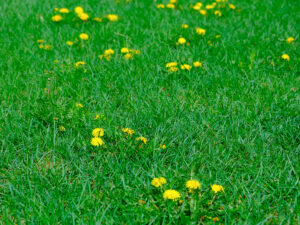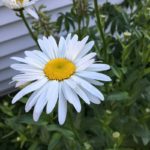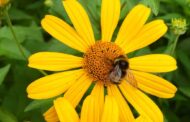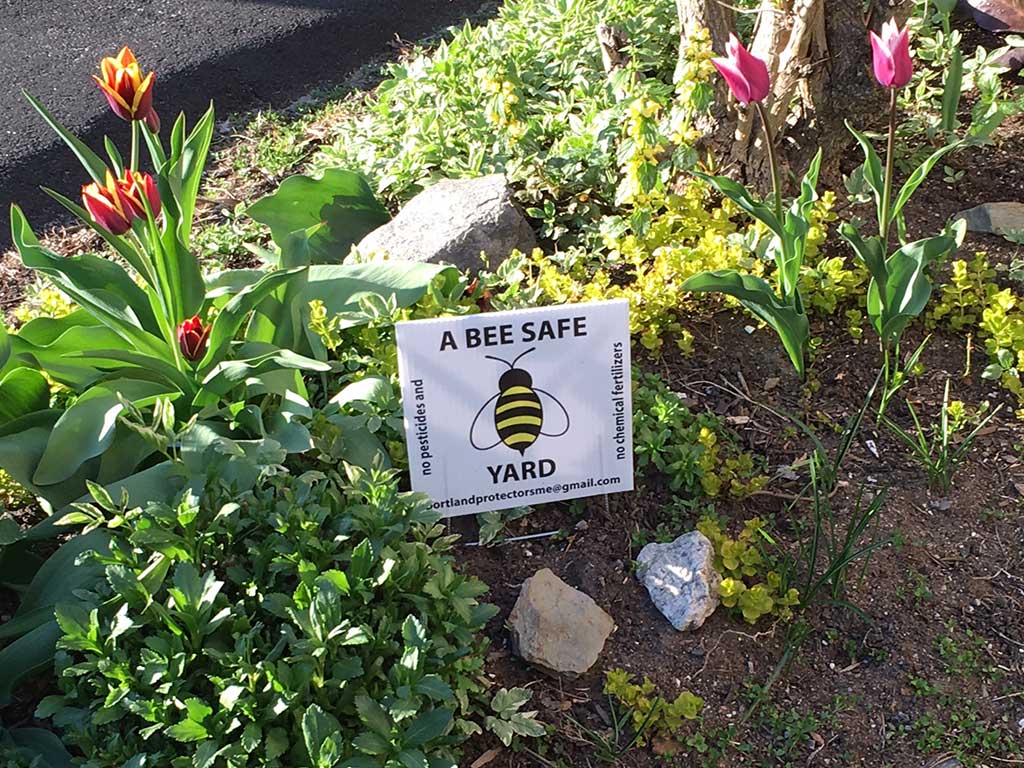Tall grass helps bees and other pollinators, but some think it’s an eyesore.
By Tony Zeli

With campaigns like No Mow May and the City of Portland’s own Mow Tall Until Fall, you could say there is a budding movement for tall grass. Portland’s Sustainability Office recommends maintaining grass at a length of 3.5 to 4 inches all season long (not just for May).
Tall grass is good for pollinators like bees and butterflies that may particularly need the food and shelter early in the season. In addition, mowing tall is beneficial for the health of your lawn.
“For those who want lawns, mowing taller allows grass to grow deeper roots making it more resistant to grubs and other pests,” said Troy Moon, the city’s Sustainability Coordinator. “Taller grass blades can shade out some weeds, and taller grass is more resilient to drought. All of these make the lawn healthier and more lush.”
But not everyone is into the idea of mowing tall.
TICKS
The disease carrying insects love long grass. In fact, Maine CDC recommends mowing your lawn to 3 inches or less to make it harder for them to thrive.
Troy Moon points out that mowing tall doesn’t mean not mowing at all. In fact, he recommends mowing frequently or at least frequently enough so that you never cut more than one-third of the grass blade at a time. This keeps the grass from being stressed and from getting tall enough to become a haven for ticks.
“Mowed areas are less likely to harbor ticks than brushy areas and fields, but they can still be present. For instance, animals and birds travelling through the property may leave ticks, especially mice. We recommend people take basic tick precautions whenever they go outside.”
Yard Shame
Besides ticks, many just don’t like the aesthetics of tall grass. The short cropped manicured lawn is still popular, so much so that many Americans are crossing the property line. A recent national survey by organic-based lawn care company NaturaLawn found that 36% of homeowners admit crossing property lines onto a neighbor’s lawn to pull weeds, rake leaves, trim shrubs or limbs, or even mow a portion of their neighbor’s lawn. Another 10% have been tempted to do so.
“We definitely do not recommend that residents perform unauthorized yard care on property they do not own,” said Moon. “Our message is that beauty is in the eye of the beholder. While some people enjoy highly manicured lawns, others appreciate wildflower gardens, vegetable gardens, or shrubs and woody plants that attract birds and pollinators. There’s definitely room for all of these approaches.”

Of course, one way to help pollinators is to replace the whole lawn. If you want to help pollinators, consider planting early blooming, native shrubs and trees that provide food and shelter for pollinators, birds, and other wildlife all season long. Or consider a wildflower meadow. Also, don’t forget to ditch the chemicals – Portland and many other communities in Maine have organic lawn care ordinances.
The City has many tips for residents about maintaining healthy lawns without the use of pesticides and chemical fertilizers. For more information visit https://www.portlandmaine.gov/1364/Landcare.
Also, the City will host a series of webinars this summer for those who want to learn more: https://www.portlandmaine.gov/1415/Landcare-Webinar-Series.





